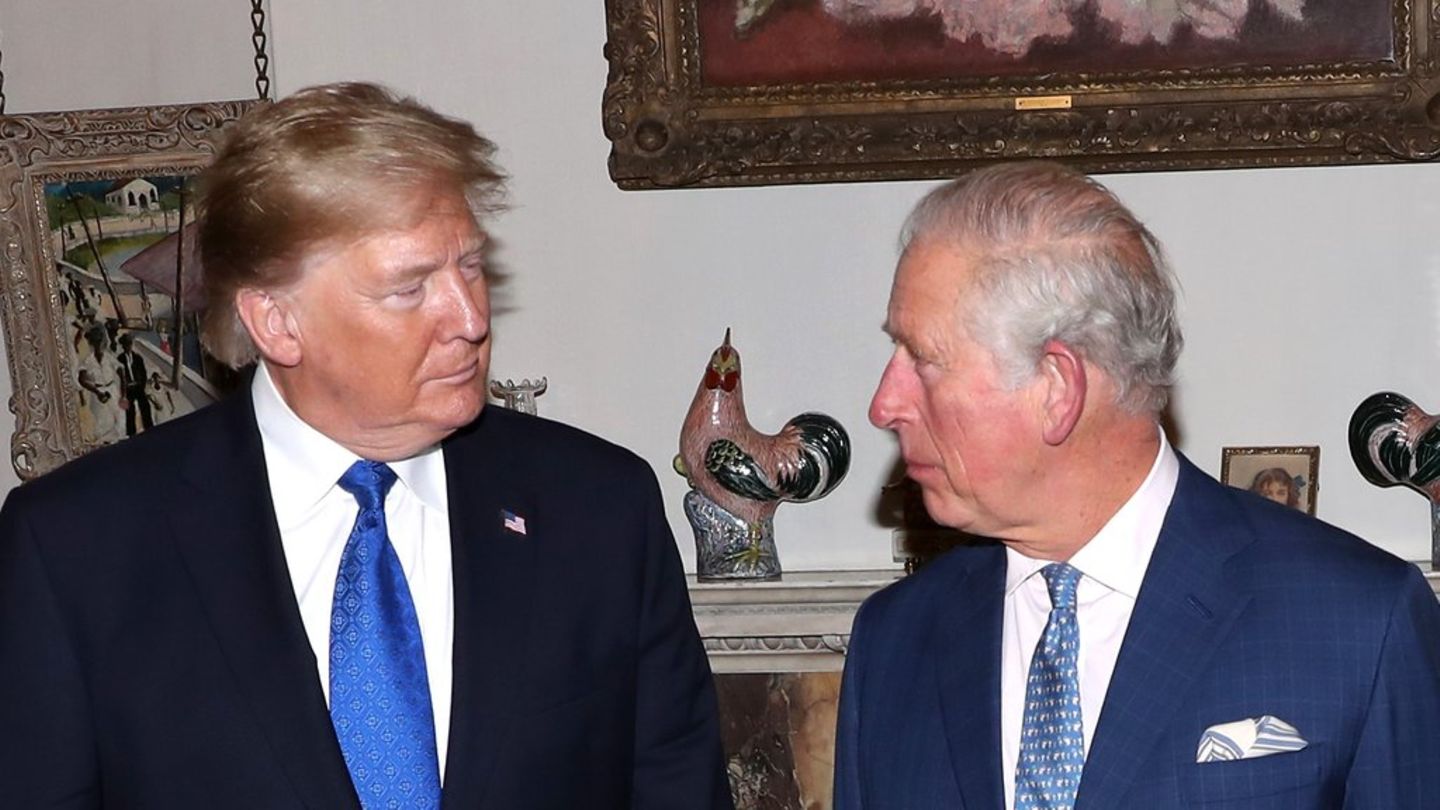Argentina is approaching the celebration of the next presidential elections. It’s no secret that The country reaches that day, which is scheduled to be October 22, with “a very weak economywhich accumulates many imbalances in various aspects, from the fiscal, to the monetary, to the exchange, with a strong reserve crisis”, as he describes in dialogue with Ambit the economic and financial consultant, Fernando Marull.
The director of FMyA diagnoses the current economic context and talks with this medium about “the need to organize the exchange market first” before taking the step towards a stabilization program, focusing on the main economic problems facing Argentina.
Regarding the dollarization and bimonetarization proposals, in this interview, Marull analyzes the viability of the main economic proposals promoted by the main opposition candidates, Javier Milei (from La Libertad Avanza) and Patricia Bullrich (from Together for Change) , as well as the effects of the latest measures of the current Minister of Economy and candidate for the presidency of the ruling party, Sergio Massa (from Unión por la Patria).
Journalist: How do you evaluate the current economic situation in Argentina? What are the main problems with which we enter the elections?
Fernando Marull: We have a very high fiscal deficit which is difficult to finance in the international context and also in the local context because Argentina does not have access to the debt market in either area. That makes the BCRA is permanently providing oxygen to the Treasury through the issuance to help get refinancing. On the other hand, the fact that the BCRA has almost no reserves and has been using “patch” programs, like the soy dollar style (and now the Vaca Muerta dollar), which is already in its fourth version, or the generalization of the collection of the PAIS tax for more and more sectors. This is reflected in a 100% exchange rate gap, like the one we have at the moment.
The major macro financial problems are with a worrying level of urgency and, on the other hand, we see a recessive context in activity that goes beyond the effect of the drought. With this accumulation of imbalances, the Government achieved a limited voting intention in the primary elections, which was 28%.
Q.: Can the reserve situation have a solution for the next government taking into account Argentina’s dependence on the external front?
FM: What people need to know is that any of the three main candidates for president, i.e. Whoever wins, they will have to devalue. That will be the first step they have to take within the framework of a stabilization program. Exchange rate corrections have been postponed for four years and the BCRA has very low reserves. Therefore, there is no alternative.
This Government is going to end up with around US$10,000 million of reserves in the BCRA, according to my calculations, and a debt accumulation of almost US$50,000 million., among what is owed to importers, farmers, etc. In this context, the only solution is a devaluation, which the next person will have to do: be it Milei, Bullrich or Massa. They have been postponing it, but sooner or later, the bill arrives.
dollar-cuevas.jpg
The shortage of dollars is one of the great problems in Argentina.
Depositphotos
Q.: Regarding the Leliqs, there was talk of a Bonex Plan, the sale of debt to foreign funds and the need to develop the capital market as possible alternatives to resolve it. What solution do you see?
FM: I think that The accumulation of Leliqs and pesos in banks is due to the fact that the Argentine deficit is very high. It is key to turn off the machine. The fiscal tap is turned on and when that drip is closed, instead of issuing pesos, pesos begin to be absorbed. Basically, When we talk about a Bonex Plan and a re-profiling of liquidity bills, it is because an inevitable condition is opening the exchange rate. and ensure that the pesos of the economy do not go to the dollar. Without breaking a contract, the only way to deflate the Leliqs ball that exists today is to make a stabilization plan that is credible. Without a doubt, it will have political costs for whoever implements it, but the benefits are more than the harm it will generate.
We must first organize the exchange market to be able to start. That is key to begin organizing the fiscal order, which is another element to address. These two variables will allow external financing to return. Fiscal surplus and exchange rate unification are the key steps of stabilization. No one will be able to avoid it. Either it comes out this way, or Argentina continues digging its hole.
Q: How do you see the tax announcements that Massa made?
FM: I think He has 30 days left as minister and he is risking everything on electoral measures that they have very high costs and that the next government that comes will have to pay, but that they do not matter today because they have to enter the runoff. Lowering taxes is easy, the difficult thing is saying how you are going to reduce spending. We must plan what cuts to make in spending to advance a tax reduction.
Q.: In this context, where do the dollarization of Milei or the bimonetarization of Bullrich come in?
FM: I think that Any of the options, bimonetarism or dollarization, without a prior step of exchange stabilization and fiscal surplus will not work.. There is a previous step which is how to reach the fiscal surplus. Dollars are needed to be able to carry them forward and the BCRA reserves are very damaged. Argentina was left without financing and without dollars. A bimonetarism is to revive the peso and, without funds, it cannot be done. While dollarization requires dollars.
Source: Ambito




